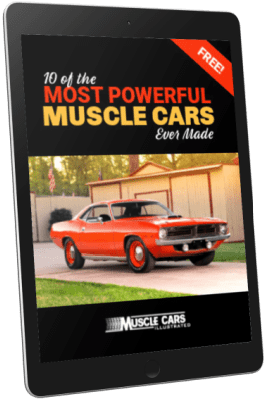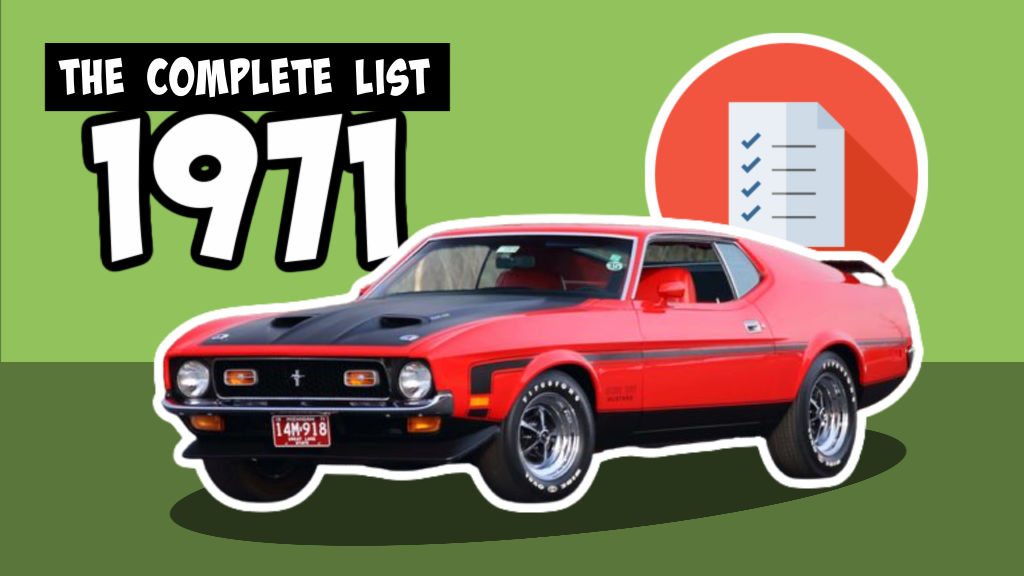
1971 muscle cars were a huge disappointment for those who had hoped to buy faster and more powerful versions than the 1970 muscle cars offered previously just a brief year before.
However, prior to 1971, many steps had been taken by lawmakers to force muscle cars into being more eco-friendly.
This was largely in response to the pollution created by the internal combustion process, which was believed to contribute to both smog and crop damage.
Unfortunately, changes meant to reduce pollution also resulted in lowering fuel efficiency while also negatively impacting performance.
Despite their best efforts, manufacturers couldn’t meet legislative guidelines while also maintaining the power that consumers desired.
By the end of 1971, 100% of GM’s vehicles were running on 91-octane low-lead gasoline while 93% of Chrysler’s would do the same.
It seemed like the muscle car power ride was finally starting to come to an end.
While 1971 wasn’t the pinnacle year for the fastest muscle cars ever produced, the fastest muscle cars of 1971 were still formidable street contenders.
Table of Contents
Compression Cuts Take Their Toll on Chevrolet
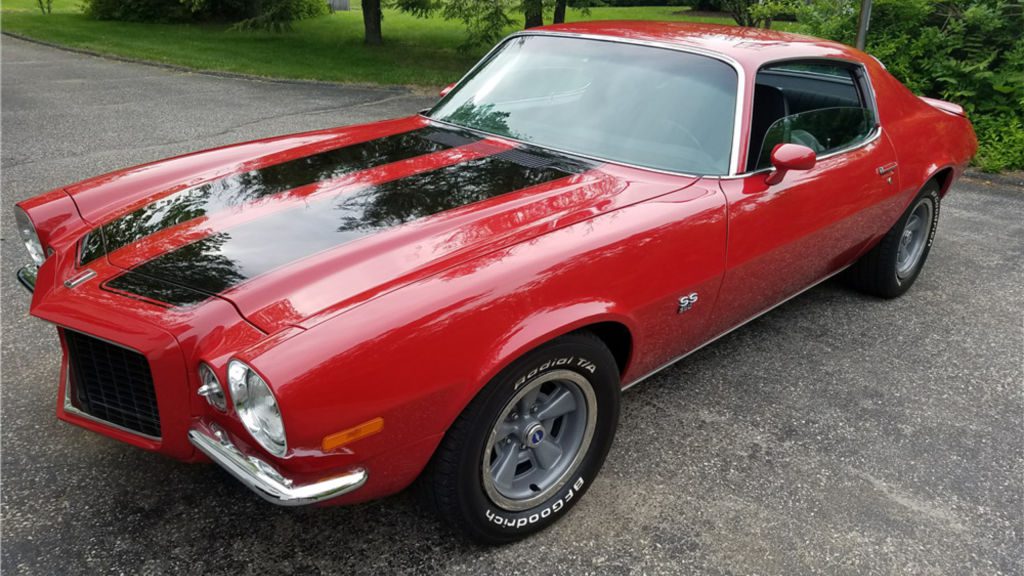
Compression cuts had an obvious impact on many of Chevy’s muscle cars.
Gone was the revered “SS 396” badging, replaced with a simple “SS” identification unless the LS5 was installed. In this case, the “SS 454” badging was used to identify Chevrolet’s biggest big block—the Chevy 454 engine.
Meanwhile, the entry-level 1971 Chevelle SS was rated at just 245 horsepower with 8.5:1 compression, while the 270-horsepower L48 350 had the same compression but switched out the L65’s two-barrel carburetor for a four-holer. At the top of the list, the L65 454 was rated at 365 horsepower.
The Camaro also took a hit, with the compression cut to 9:1, dropping the 1971 Z28’s horsepower to 330.
Otherwise, the car’s Super Sport and Rally Sport versions were essentially unchanged that year, though the Z28 came standard with front and rear spoilers.
Pontiac Introduces Honeycomb Wheels
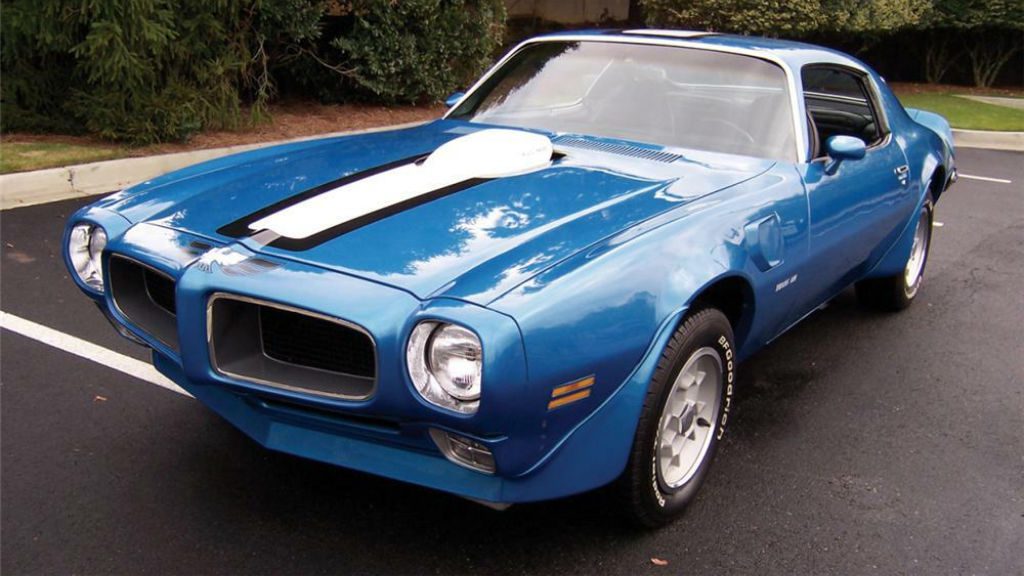
Compression cuts also took their toll on Pontiac, with the 1971 Pontiac GTO seeing a compression of 8.2:1. The base L78 400 offered 300 horsepower while the top option LS5 455 HO (aka “High Output”) installed in the Judge was rated at just 335 horsepower.
The HO also featured round-port heads, free-flowing exhaust manifolds, an aluminum intake, and optional ram-air induction.
New Honeycomb wheels, which were characterized by molded urethane centers backed by a conventional steel structure, were also introduced as an option in 1971. These were available on models including the Firebird, Trans Am, and GTO.
Polycast Honeycomb wheels were also standard for the 1971 Trans Am, which was only available with the 455 HO and either a Hurst-Shifted close-ratio four-speed or the TH-400 automatic.
All other Firebirds received fake fender vents that year, while the Trans Am was available with a rear spoiler at an extra cost.
Oldsmobile Prepares to Say Goodbye to the 442
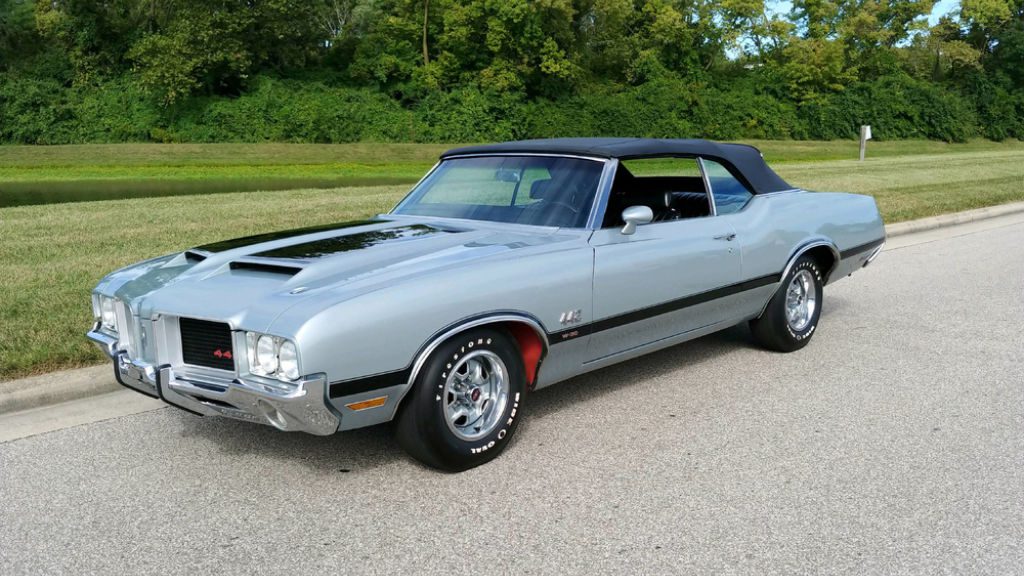
1971 was the last year for Oldsmobile’s standalone 442 models, with only two varieties offered that year: the Cutlass Supreme convertible and a Holiday hardtop.
While the W-30 remained, compression cuts dropped the horsepower to 350, while the 442’s standard 455 V-8 came in at just 270 horsepower that year.
Chrysler B-Bodies Get a New Look
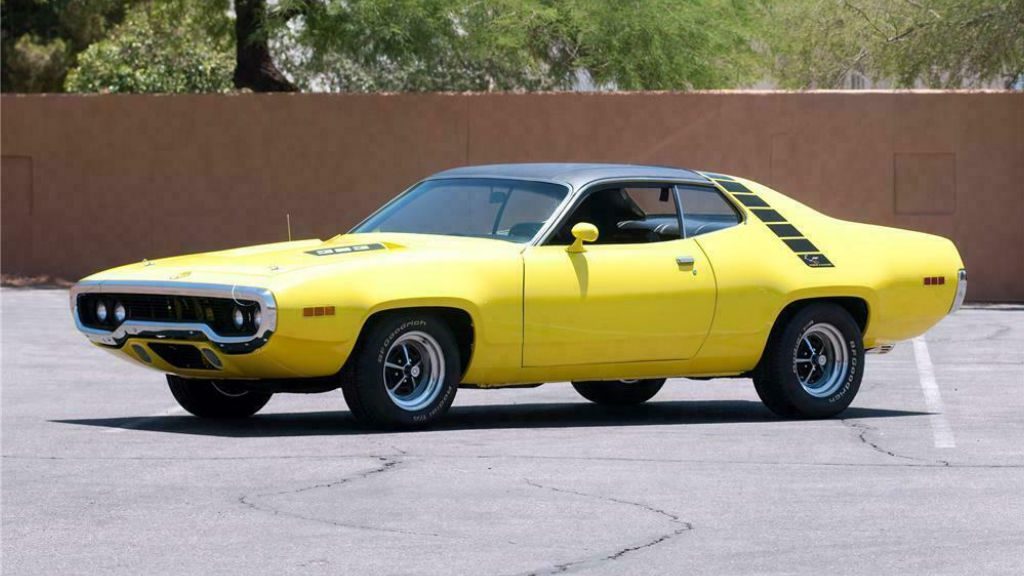
Chrysler’s B-bodies got a new look in 1971. Known as “fuselage” styling, it got its name because it was similar to an airplane’s. It was characterized by sides that were deep and rounded with long hoods and short decklids.
While certainly unique, fuselage styling was not an immediate sensation compared to its previous B-body counterparts just a brief generation before. Fuselage styling is just as polarizing today as it was when first introduced—you either love it or hate it.
Both the Plymouth GTX and the Road Runner were available in only hardtop varieties. However, new options included spoilers at both ends, a color-keyed elastomeric front bumper, and rear window louvers.
Meanwhile, the standard 383 big-block lost a few horses while the small-block 275-horsepower 340 became available as an option for the Road Runner.
The Complete List of 1971 Muscle Cars
Although 1971 followed the peak performance of the muscle car era, automakers still pushed to produce some of the most powerful vehicles possible, given the emissions regulations that were to take effect by 1975. I’ve compiled them in the following list of muscle cars from 1971.
| Year | Make | Model |
|---|---|---|
| 1971 | AMC | Hornet SC 360 |
| 1971 | AMC | Javelin AMX |
| 1971 | Baldwin Motion | Phase III Camaro 454 |
| 1971 | Buick | GS |
| 1971 | Buick | GSX |
| 1971 | Chevrolet | Chevelle SS |
| 1971 | Chevrolet | Heavy Chevy |
| 1971 | Chevrolet | Camaro SS |
| 1971 | Chevrolet | El Camino SS |
| 1971 | Chevrolet | Nova SS |
| 1971 | Chevrolet | Rally Nova |
| 1971 | Chevrolet | Monte Carlo SS |
| 1971 | Chevrolet | Camaro Z/28 |
| 1971 | Dodge | Charger R/T |
| 1971 | Dodge | Charger Super Bee |
| 1971 | Dodge | Challenger |
| 1971 | Dodge | Challenger R/T |
| 1971 | Dodge | Demon 340 |
| 1971 | Dodge | Mr. Norm's Grand Spaulding Demon GSS |
| 1971 | Ford | Ranchero GT |
| 1971 | Ford | Mustang Mach 1 |
| 1971 | Ford | Mustang Boss 351 |
| 1971 | Ford | Torino Cobra |
| 1971 | Ford | Torino GT |
| 1971 | Mercury | Cougar XR-7 |
| 1971 | Mercury | Cougar GT |
| 1971 | Mercury | Cyclone GT |
| 1971 | Mercury | Cyclone Spoiler |
| 1971 | Oldsmobile | 442 |
| 1971 | Oldsmobile | W31 |
| 1971 | Plymouth | Roadrunner |
| 1971 | Plymouth | GTX |
| 1971 | Plymouth | Duster 340 |
| 1971 | Plymouth | Scamp 340 |
| 1971 | Plymouth | Cuda |
| 1971 | Pontiac | GT-37 |
| 1971 | Pontiac | Firebird |
| 1971 | Pontiac | Formula Firebird |
| 1971 | Pontiac | GTO |
| 1971 | Pontiac | Trans Am |
| 1971 | Pontiac | T-37 |
| 1971 | Shelby | GT350 |
| 1971 | Shelby | GT500 |
Well, there you have the complete list of 1971 muscle cars. Next up will be all the 1972 muscle cars. Be sure to subscribe if you enjoyed this article!

Ryan Wheaton
Ryan has owned muscle cars since 1986 and currently owns a 1972 Dodge Charger Rallye. He combines passion and experience to create engaging content for fellow muscle car enthusiasts. In 2018, he founded Muscle Cars Illustrated, authoring hundreds of articles on tips, history, and trends in the muscle car industry. He attends national car shows, auctions, and museums to stay current with the latest developments in the muscle car industry.
